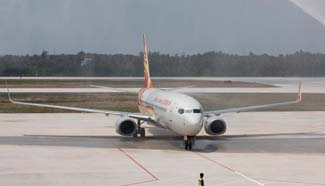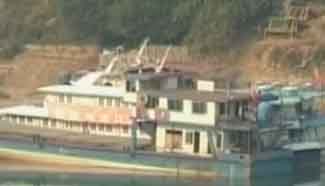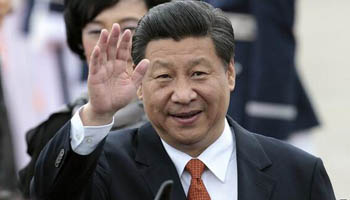National security strategy
The development of new combat forces should be a part of national security strategy. They influence and determine the future of armed forces, and play a decisive role in global military competition and modern warfare. Decision-makers must have an expansive strategic vision and a deep understanding of military development trends, and know how to draw lessons from history and abroad.
National determination: The rise of new combat forces will inevitably disrupt military systems, face resistance from personnel to change, equipment upgrades and systems overhauls. It is therefore imperative to integrate their development into the national strategy, giving it the highest priority, to overcome difficulties in key fields. The rise of the British navy and the rapid formation of Germany’s mechanical combat capacity were both supported by a strong and determined national will. The Soviet army’s failure to build a mechanical force before the Second World War is a typical negative example.
Theory design: Theoretical innovation is an important guide to new combat forces. Alfred Thayer Mahan’s “On Sea Power” laid the foundation for the U.S. Navy in the mechanical age. JFC Fuller accurately predicted that tanks would revolutionize modern armored warfare. General Giulio Douhet’s theories ushered in powerful air forces. The development of military theory has accelerated in recent decades. An active theory design has been increasingly replacing practice-driven thinking in promoting new combat force building. The United States put forward theories on digital warfare for its land, sea and air forces in the 1990s. It has introduced concepts such as asymmetric warfare, non-contact, nonlinear and full-spectrum operations, and network-centric warfare this century, injecting vitality into the development of new combat forces.
Technological breakthroughs: Technologies are distinctly important in increasing fighting capacity. A disruptive breakthrough is more effective in this respect. The Advanced Research Projects Agency of the U.S. Defense Department has invested in the development and application of cutting-edge technologies, including the Internet, GPS and aerospace, which have boosted its new combat forces. Information technology is easily shared and spread, which offers opportunities to rising countries to make disruptive breakthroughs and innovate in their own new combat forces.
Top-level strategic coordination: The development of new combat forces involves weapons systems, operation theories, systems establishment and personnel. A mistake in any single link will sabotage the whole process. The top U.S. commanders paid attention to the design of strategic planning and development progress, coordinating every element of new combat forces and engineering approaches. A top-level design and macro management in planning in fields such as space, unmanned combat and electromagnetic networks enhance development efficiency.
Leadership and talent: Some people readily grasp new trends, thinking rationally and scientifically, breaking through traditional mindsets and coming up with ideas that reform future developments. Their initiative and boldness enable them to help build new combat forces. Examples include Fuller, Charles de Gaulle, Mikhail Tukhachevsky and Zhukov in the development of mechanized forces; and many more talents in the U.S. military in the digital age.
Practice: A strong fighting capacity comes from repeated practice. The U.S. military has constantly focused on improving and testing operation theories and new weapons through drills, training and even actual combat. Simulated training enables troops to adapt in advance of war, master operations proficiently, respond to contingencies, spot hidden problems in battle plans and deployment, and to make timely improvements. The United States invested heavily in creating a simulated battlefield to train troops before the war in Iraq. It has also established a number of joint operations centers and battle labs, as well as networked simulation environments based on advanced digital technology and systems engineering. All operations plans were tested in simulation systems and almost all operations were products of virtual practice. These are not only technological measures, but a revolution in practice.










